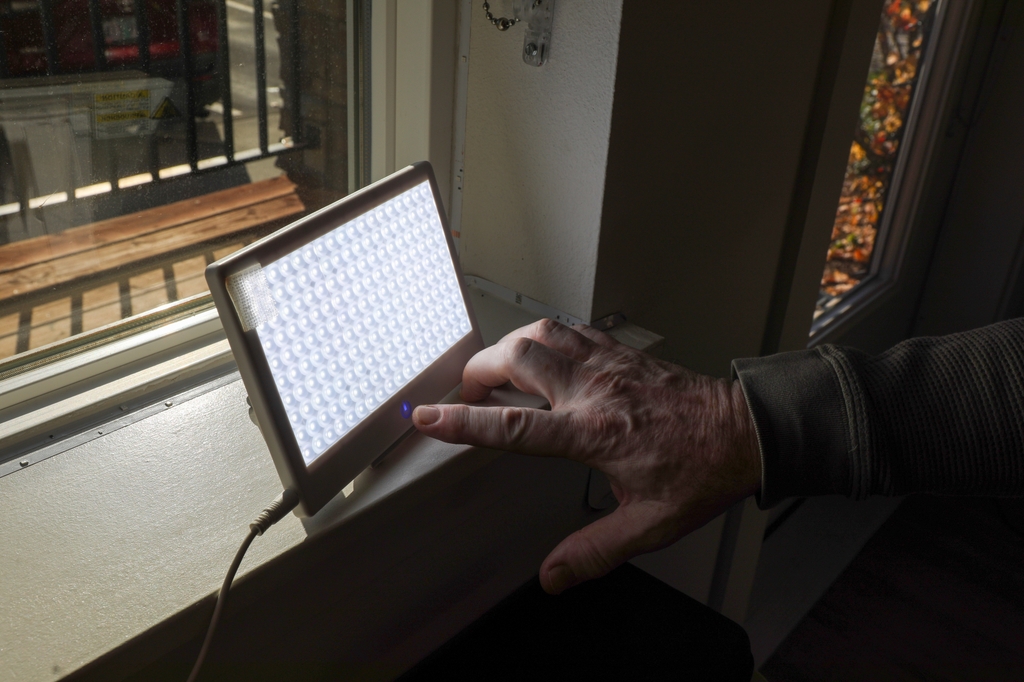
Researchers at Oregon Health & Science University have earned a four-year, $4 million award to determine whether bright-light therapy improves brain function and potentially forestalls neurodegenerative conditions like Parkinson's and Alzheimer's diseases for people with traumatic brain injuries.
The award is part of the Congressionally Directed Medical Research Program of the U.S. Department of Defense.

"This project will build upon decades of research and resulting clinical guidance endorsing light therapy to improve sleep," said principal investigator Jonathan Elliott, Ph.D., assistant professor of neurology in the OHSU School of Medicine and research physiologist at the Portland VA Health Care System and Northwest Mental Illness Research, Education and Clinical Center, or MIRECC.
"More than likely, it will improve your sleep because that's been shown consistently," Elliott said. "Wouldn't it be nice, though, if it also improved brain health and reduced your risk for neurodegenerative conditions like Parkinson's and Alzheimer's diseases?"
Researchers will measure three key aspects of brain physiology known to be affected by traumatic brain injuries, also known as concussions: inflammation, mitochondrial function, and a newer concept known as glymphatic function.

"Sleep plays a key role in each of these aspects of brain health, and light therapy can enhance sleep," said co-investigator Miranda Lim, M.D., Ph.D., professor of neurology in the OHSU School of Medicine and staff neurologist in the Portland VA Parkinson's Disease Research, Education and Clinical Center, or PADRECC.
However, scientists have yet to definitively measure physiological benefits from using bright-light therapy compared with other potentially effective therapies for sleep. If researchers measure physiological changes from only four weeks of light therapy, Elliott said it could improve clinical guidance for people with lingering effects of concussions.
The researchers will recruit 117 people diagnosed with traumatic brain injuries going back as far as three decades.
Participants will be equipped with a light box and asked to expose themselves to it for an hour in the morning over four weeks. Participants in the experiment group will be exposed directly to bright light at 10,000 lux — roughly equivalent to typical outdoor daylight.
Researchers will take blood samples and magnetic resonance images, or MRIs, before and after the intervention.

Using a large biomarker analysis platform, researchers will assess blood-based markers of systemic inflammation and neurodegeneration. They will also assess any changes in mitochondrial function within cells, given mitochondria's crucial role in respiration and energy production within every cell of the body. Co-investigator Nora Gray, Ph.D., assistant professor of neurology in the OHSU School of Medicine and PADRECC, will lead this portion of the work.
Finally, they will use MRI to discern changes in waste clearance pathways in the brain, collectively termed the glymphatic system, through a collaboration with co-investigator Jeffrey Iliff, Ph.D., a neuroscientist with the University of Washington and MIRECC at the VA Puget Sound.
Lim and Elliott do-direct the Sleep & Health Applied Research Program at OHSU.






